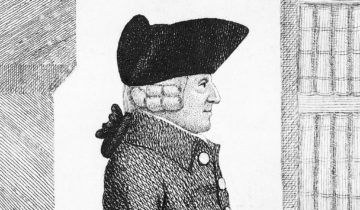Ryan P. Hanley in the National Review:
 Adam Smith is today known as the founding father of economics. But by profession he was a university professor, holding a chair in moral philosophy. It was in this capacity that in 1759 he published the first of his two books. Neither can be fully appreciated without the other — and both deserve our careful attention now, perhaps more than ever.
Adam Smith is today known as the founding father of economics. But by profession he was a university professor, holding a chair in moral philosophy. It was in this capacity that in 1759 he published the first of his two books. Neither can be fully appreciated without the other — and both deserve our careful attention now, perhaps more than ever.
Smith’s first book was The Theory of Moral Sentiments. An instant hit, it early on caught the attention of such prominent admirers as Edmund Burke, David Hume, and John Adams. The aim of the book is at once descriptive and prescriptive. It is descriptive insofar as it provides an account of the moral institutions that enable a free society to function. And it is prescriptive insofar as it seeks to cultivate the qualities of character that allow free individuals to lead flourishing lives and free societies to prosper and persist.
The Theory of Moral Sentiments covers a great deal of ground, tackling topics ranging from justice and judgment to conscience and love. But its most original and important contributions arguably come on three specific fronts: its theory of sympathy, its concept of the impartial spectator, and its vision of virtue.
More here.
